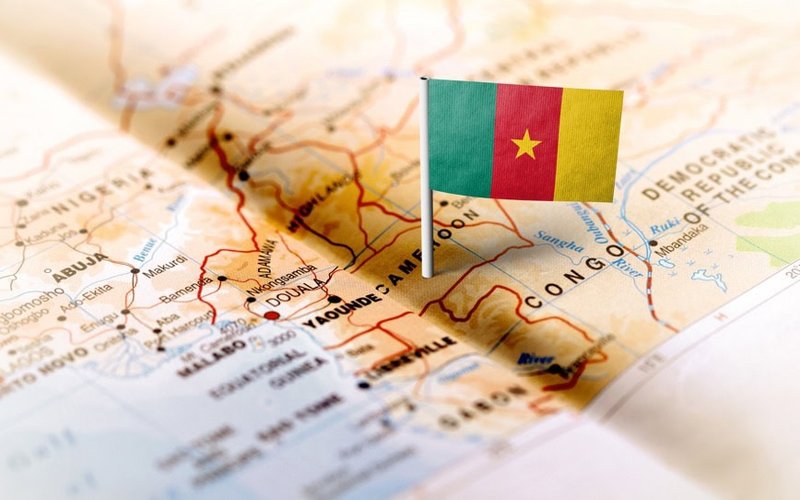DY6 Metals (ASX: DY6) has executed a binding agreement to purchase a 100% interest in two large rutile and heavy mineral sands (HMS) projects in the central African nation of Cameroon.
Under the proposed agreement, DY6 will acquire Aardvark Minerals and EKOM Metals, which hold a range of permits and applications through their wholly owned Cameroonian subsidiaries.
The acquisition consists of five exploration permits under application comprising the Central project and three exploration licences and three valid exploration permit applications comprising the Douala project.
New rutile frontier
Non-executive chair Dan Smith said DY6 believes Cameroon is shaping up to become a new frontier for major rutile discoveries.
“The proposed acquisition will position DY6 to be a major player in this exciting sector,” he said.
The deal will add the new Cameroonian projects, which cover a combined area in excess of 4,500 square kilometers, to the company’s suite of heavy rare earths and critical metals projects in Malawi.
The company has engaged experienced mining executive Cliff Fitzhenry as a technical consultant to help oversee exploration at the new sites.
Key growth market
Rutile – the purest, highest-grade naturally occurring form of titanium – is highly sought by end users and is rapidly becoming more difficult to source.
Analysts valued the global rutile market size at $8.4 billion in 2023 and is projecting it to grow at a compound annual rate of 5.2% to reach $18b by 2032.
With the ongoing depletion of reserves at existing operations, as well as declining ore grades, global rutile supply is projected to decline sharply.
Planned work programs
Once the acquisition is completed, DY6 plans to undertake further due diligence on the Central and Douala Basin projects.
This will include the compilation and analysis of all available historical data and preliminary reconnaissance work at the project sites, ahead of an initial exploration program.
The first phase of exploration will involve detailed geological mapping of the defined exploration targets, along with hand auger drilling across defined targets.
